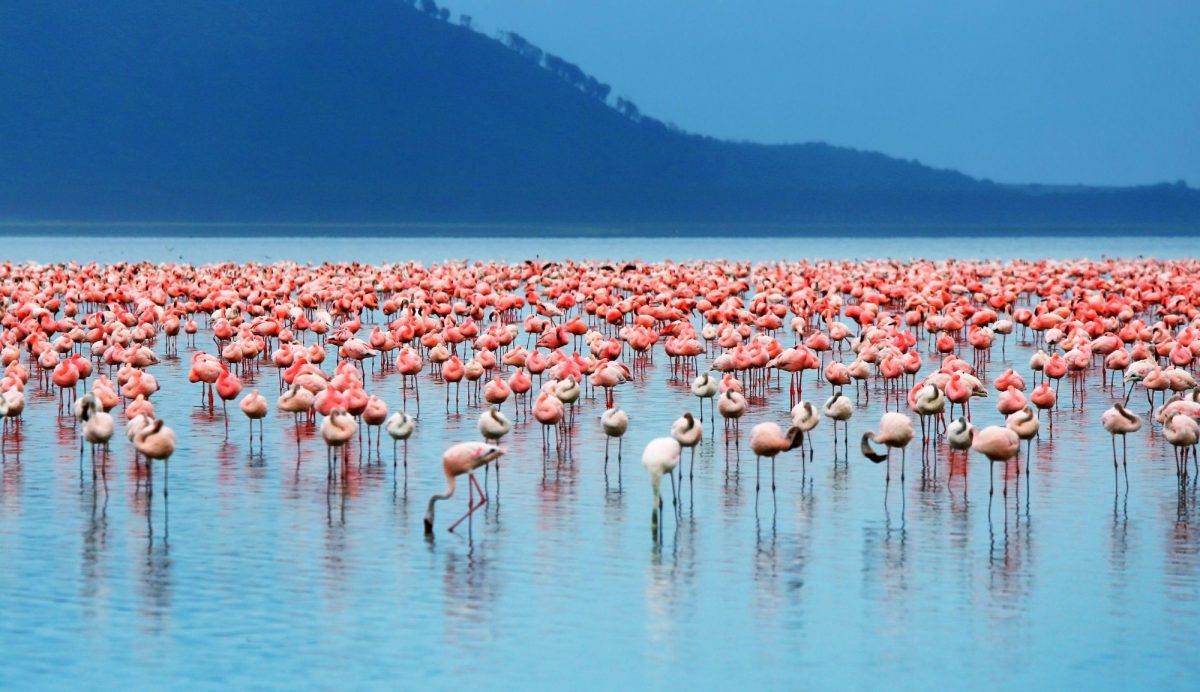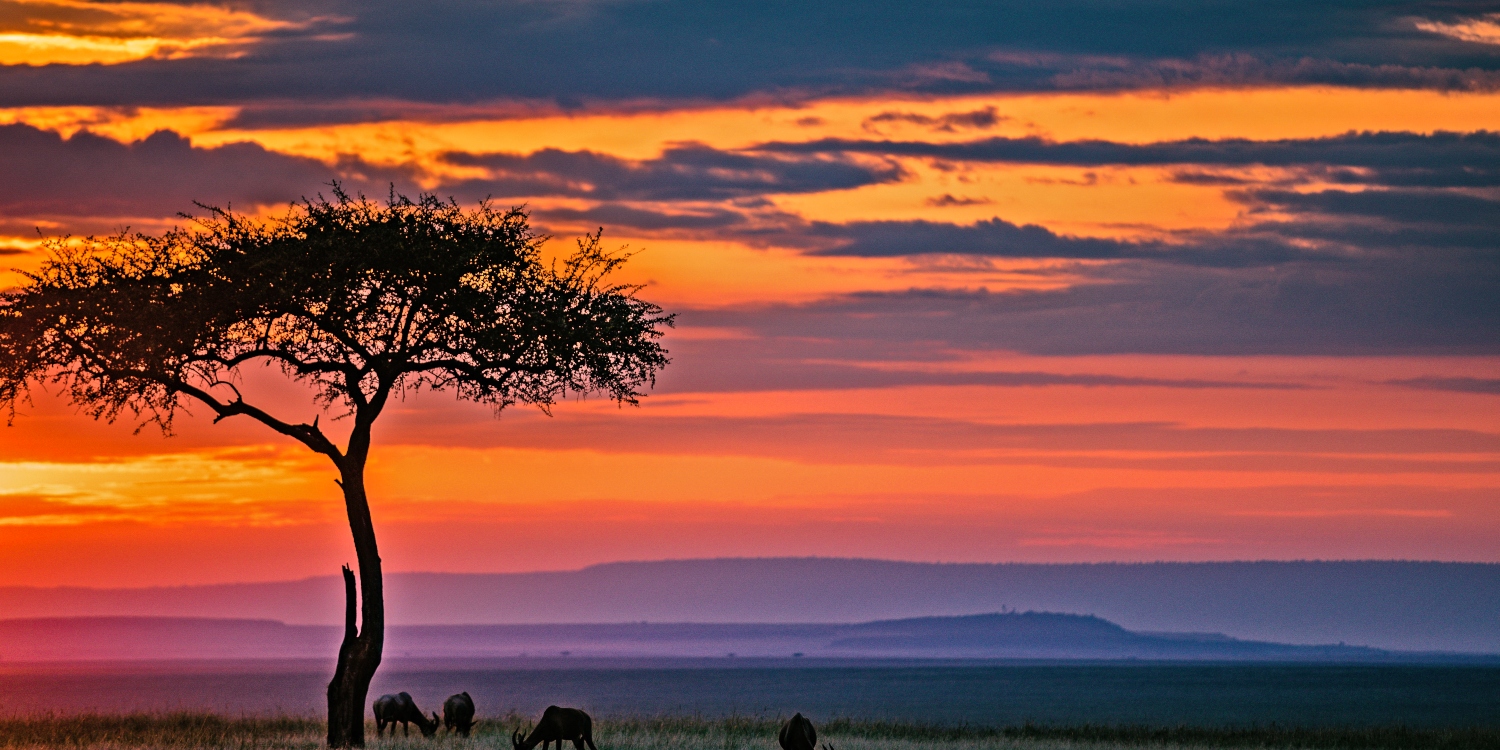
Tips for Planning a Perfect Wildlife Safari in Kenya
Tips for Planning a Perfect Wildlife Safari in Kenya. Planning a wildlife safari in Kenya is an exciting endeavor that promises unparalleled encounters with nature, diverse landscapes, and the iconic wildlife that defines the African continent. However, to ensure that your safari is everything you’ve dreamed of and more, meticulous planning is key. From choosing the right time to visit, selecting the perfect safari destination, and deciding on accommodations, to understanding the logistics, each step requires careful consideration. Below is a detailed guide to help you plan a perfect wildlife safari in Kenya.

-
Choosing the Best Time to Visit
One of the most critical aspects of planning a safari is deciding when to go. Kenya is blessed with a generally mild climate, but the timing of your visit can significantly impact your experience.
- The Dry Season (June to October): This period is considered the best time for a safari in Kenya. During these months, the weather is dry, and the vegetation is sparse, making it easier to spot animals. Furthermore, the Great Migration, where over 1.5 million wildebeests, zebras, and gazelles migrate from the Serengeti in Tanzania to the Maasai Mara in Kenya, usually peaks between July and October. This spectacle is one of the most dramatic wildlife events on the planet and is a must-see if your visit aligns with these dates.
- The Wet Season (November to May): While the wet season is characterized by lush green landscapes and fewer tourists, it also brings with it challenges such as impassable roads and a higher chance of malaria due to increased mosquito activity. However, the wet season, especially between January and February, is also the best time to witness the calving season in Maasai Mara, where many animals give birth, attracting predators and offering a unique glimpse into the circle of life.
-
Selecting the Right Safari Destination
Kenya is home to numerous national parks and reserves, each offering a unique wildlife experience. Thus, selecting the right destination is crucial to your safari’s success.
- Maasai Mara National Reserve: Undoubtedly Kenya’s most famous wildlife reserve, the Maasai Mara is synonymous with the Great Migration and abundant big cat sightings. The open savannahs make it easy to spot wildlife, including lions, cheetahs, leopards, and elephants. The Maasai Mara is also a great place to experience the local Maasai culture.
- Amboseli National Park: Known for its large elephant herds and stunning views of Mount Kilimanjaro, Amboseli is another top destination for wildlife enthusiasts. The park’s swampy areas ensure a steady supply of water, attracting wildlife year-round, making it an excellent destination even during the dry season.
- Samburu National Reserve: For those looking to explore beyond the usual tourist circuit, Samburu offers a more rugged and remote experience. It is home to unique species such as the Grevy’s zebra, reticulated giraffe, and the Somali ostrich, which are not commonly found in other parks. The Ewaso Ng’iro River, which runs through the park, is a lifeline for the animals and offers excellent game viewing opportunities.
- Lake Nakuru National Park: Famous for its large flocks of flamingos that turn the lake pink, Lake Nakuru is a birdwatcher’s paradise. The park is also home to rhinos, making it one of the best places in Kenya to see these endangered species.
- Tsavo National Parks (East and West): Tsavo is one of the largest wildlife parks in the world and is divided into Tsavo East and Tsavo West. It’s known for its diverse landscapes, including savannahs, mountains, and rivers, and its vast elephant population. The park is less crowded than the Maasai Mara, offering a more secluded safari experience.
-
Deciding on the Type of Safari
The type of safari you choose will greatly influence your experience. Kenya offers a variety of safari styles, each catering to different preferences and budgets.
- Luxury Safaris: For those looking for a lavish experience, luxury safaris offer top-tier accommodations, personalized services, and exclusive game drives. These safaris often include stays in five-star lodges or tented camps, private vehicles for game viewing, gourmet meals, and sometimes even air transfers between parks.
- Budget Safaris: Budget safaris are a more affordable option, allowing travelers to experience Kenya’s wildlife without breaking the bank. These safaris typically involve group tours, shared vehicles, and stays in more basic accommodations such as budget lodges or campsites. Despite being more cost-effective, budget safaris still provide a rewarding wildlife experience.
- Mobile Camping Safaris: For the adventurous at heart, mobile camping safaris offer an immersive experience where you stay in tents that move with you as you explore different parts of the park. These safaris bring you closer to nature, with the sounds of the wild as your nighttime lullaby.
- Walking Safaris: If you prefer a more intimate and active experience, walking safaris are an excellent choice. Led by experienced guides, these safaris allow you to explore the African bush on foot, offering a unique perspective on the flora and fauna. Walking safaris are particularly popular in the Laikipia Plateau and the Lewa Wildlife Conservancy.
-
Choosing the Right Accommodation
Accommodation plays a crucial role in your overall safari experience. Kenya offers a wide range of options, from luxurious lodges to rustic campsites, ensuring that there is something for every type of traveler.
- Luxury Lodges and Tented Camps: These accommodations offer a blend of comfort and authenticity. Many luxury lodges are situated in prime locations within the parks, offering spectacular views and easy access to wildlife. Tented camps, although luxurious, allow you to stay closer to nature while still enjoying amenities like ensuite bathrooms, fine dining, and even private plunge pools.
- Mid-Range Lodges and Camps: These accommodations provide a good balance between comfort and affordability. They offer essential amenities such as private bathrooms and comfortable beds while maintaining a more rustic and authentic feel. Many mid-range lodges are family-friendly, making them a great choice for those traveling with children.
- Budget Campsites: For those on a tight budget, camping offers an affordable way to experience Kenya’s wilderness. Budget campsites provide basic facilities like shared bathrooms and dining areas, and you’ll often need to bring your own tent or rent one on-site. Although basic, camping allows for a truly immersive experience where you can feel connected to the environment around you.
-
Understanding the Logistics
Once you have decided on the timing, destination, type of safari, and accommodation, it’s essential to understand the logistics involved.
- Transportation: Most safaris in Kenya begin in Nairobi, the capital city. From Nairobi, you can either drive to the various parks or take domestic flights. While driving allows you to see more of the countryside, flights save time and are particularly useful for accessing remote locations like the Maasai Mara or Samburu.
- Park Fees: Each national park in Kenya charges an entrance fee, which varies depending on the park and whether you are a resident or a non-resident. These fees contribute to the conservation of the parks and the protection of wildlife. Be sure to include park fees in your budget when planning your safari.
- Health Precautions: Before embarking on your safari, ensure that you have taken the necessary health precautions. This includes vaccinations for diseases like yellow fever and malaria prophylaxis. It’s also advisable to carry a basic first-aid kit and ensure you have adequate travel insurance that covers medical emergencies.
- Packing Essentials: Packing the right items can make your safari more comfortable. Essentials include light, breathable clothing in neutral colors, a wide-brimmed hat, sunglasses, sunscreen, insect repellent, binoculars, a camera with a zoom lens, and a good pair of walking shoes. It’s also a good idea to pack a jacket or fleece, as mornings and evenings can be chilly, especially in the higher altitude parks.
-
Making the Most of Your Safari Experience
Finally, to ensure your safari is perfect, it’s important to make the most of every moment.
- Be Patient: Wildlife sightings can be unpredictable. Sometimes, you may need to wait for hours to see a particular animal. Patience is key to enjoying the experience and appreciating the natural world around you.
- Listen to Your Guide: Safari guides are incredibly knowledgeable about the parks and the animals. Listen to their advice and insights, as they can greatly enhance your experience. They know where to find the animals, how to approach them without disturbing them, and can provide fascinating information about their behavior and the ecosystem.
- Respect the Wildlife: Always remember that you are a guest in the animals’ natural habitat. Keep a safe distance, avoid making loud noises, and never try to feed or touch the animals. Respecting the wildlife ensures their safety and yours.
- Capture the Memories: Don’t forget to take plenty of photos to remember your safari by. However, also take time to put the camera down and simply enjoy the moment. The sights, sounds, and smells of the African bush are something to be experienced firsthand, not just through a lens.

Conclusion
In conclusion, planning a perfect wildlife safari in Kenya involves thoughtful consideration of several factors, from timing and destination to accommodation and logistics. By carefully planning each aspect of your safari, you can ensure that your adventure in Kenya’s breathtaking wilderness will be an unforgettable experience. With its stunning landscapes, diverse wildlife, and rich cultural heritage, Kenya offers one of the best safari experiences in the world. Whether you’re watching a lion stalk its prey in the Maasai Mara, marveling at a herd of elephants against the backdrop of Mount Kilimanjaro in Amboseli, or simply enjoying a sunset over the savannah, a safari in Kenya is sure to be a journey of a lifetime.
Related Posts;






